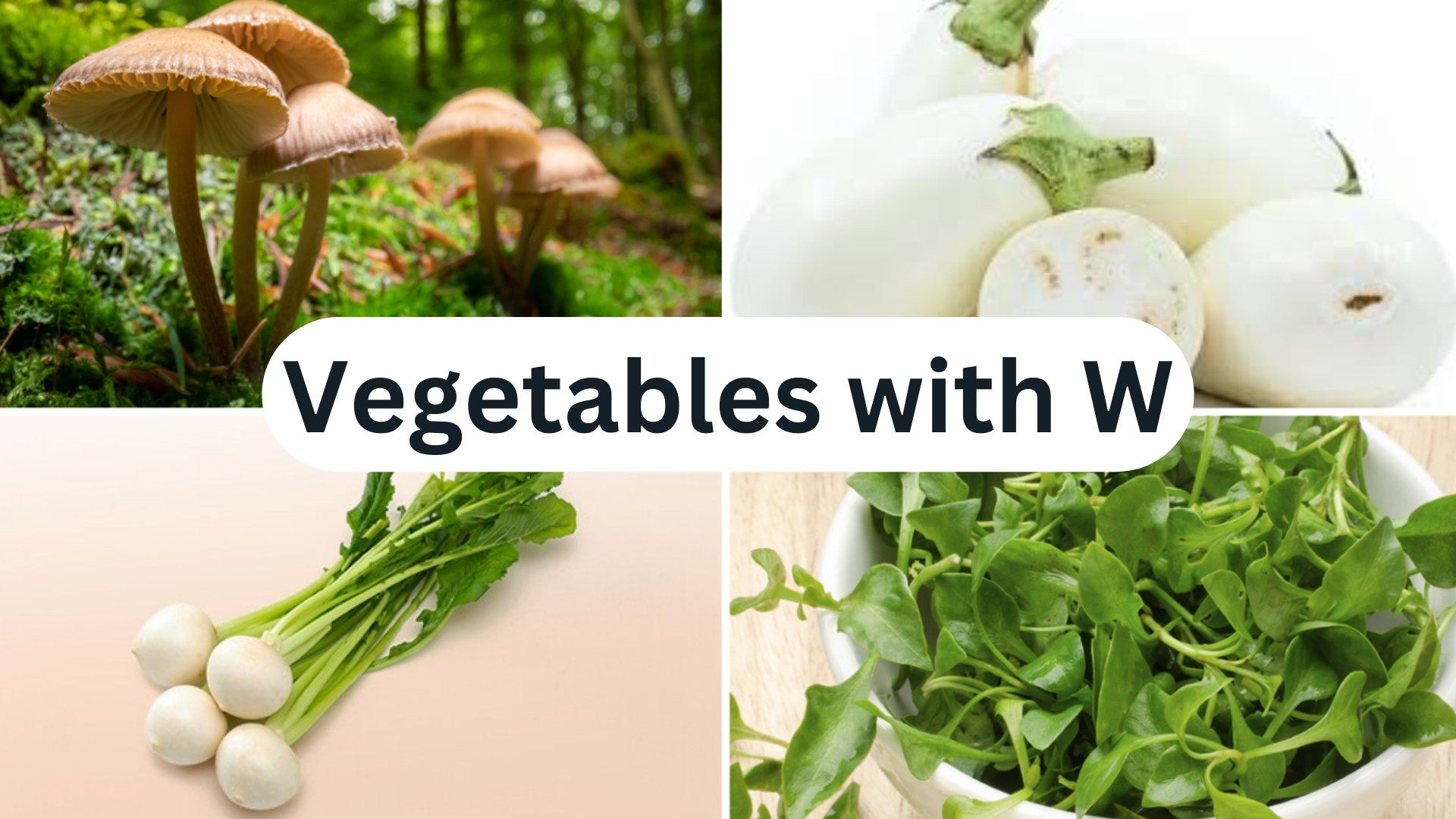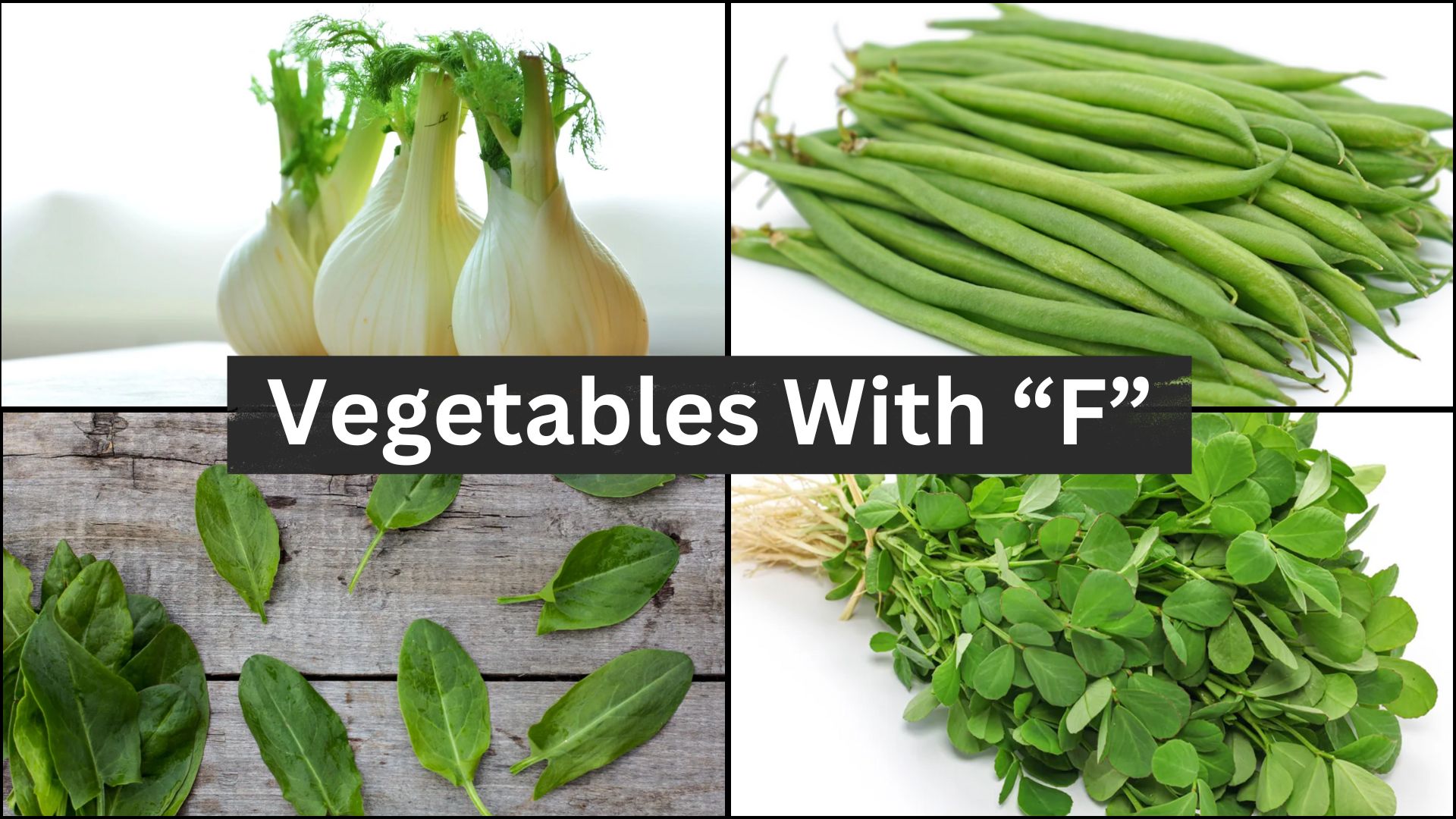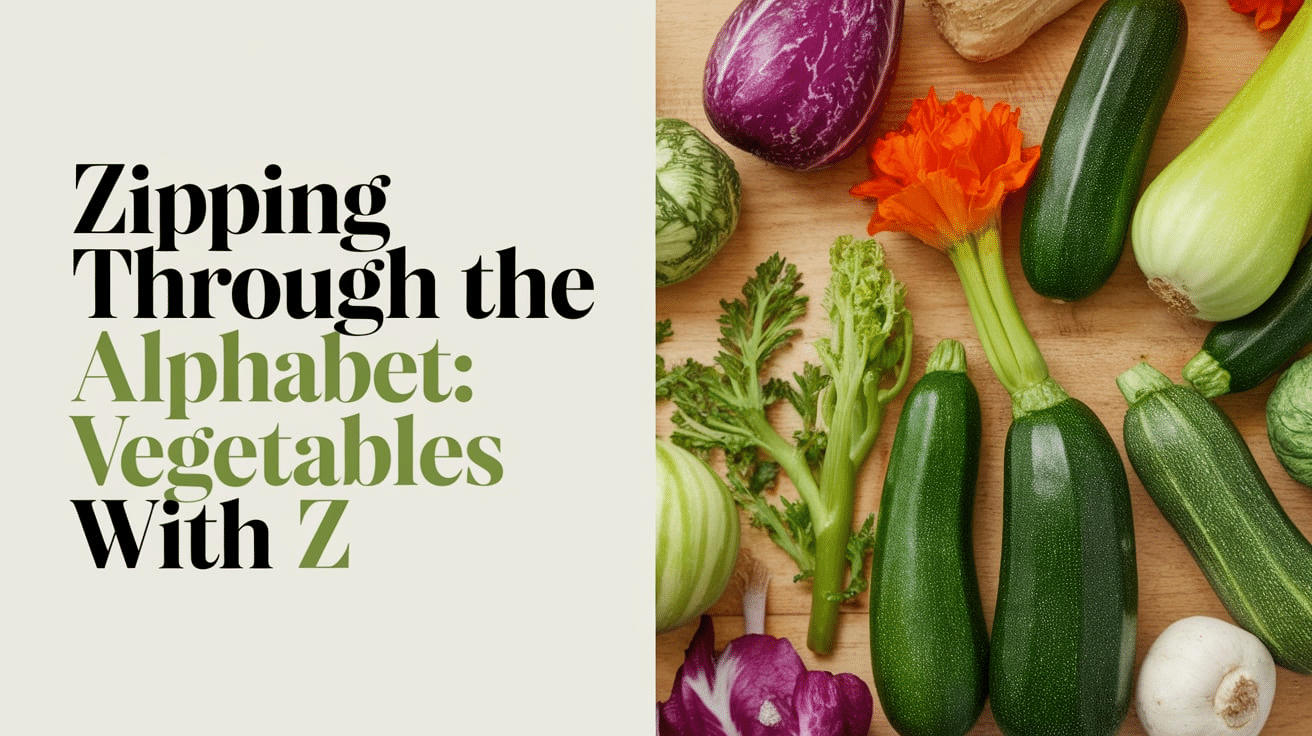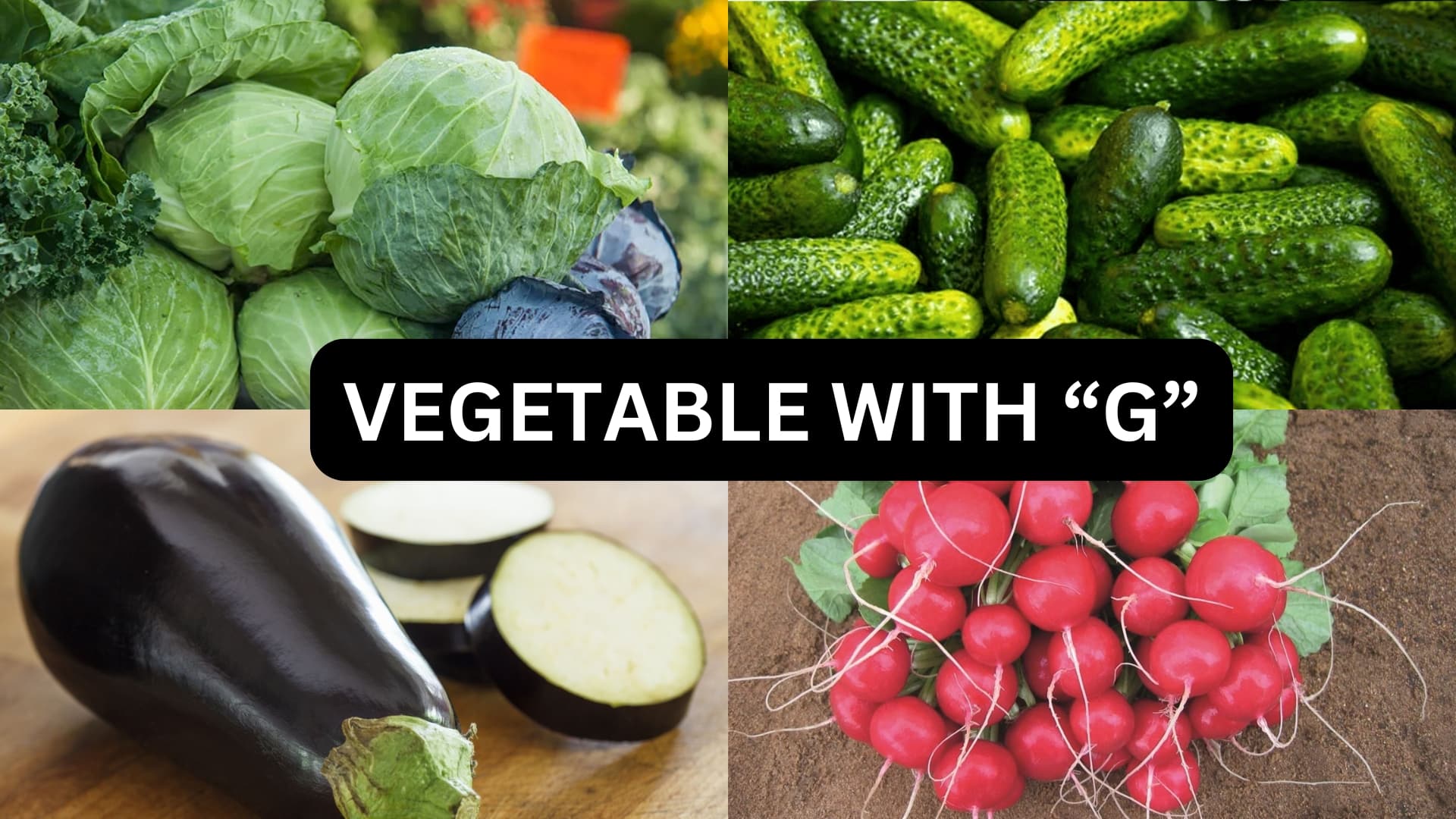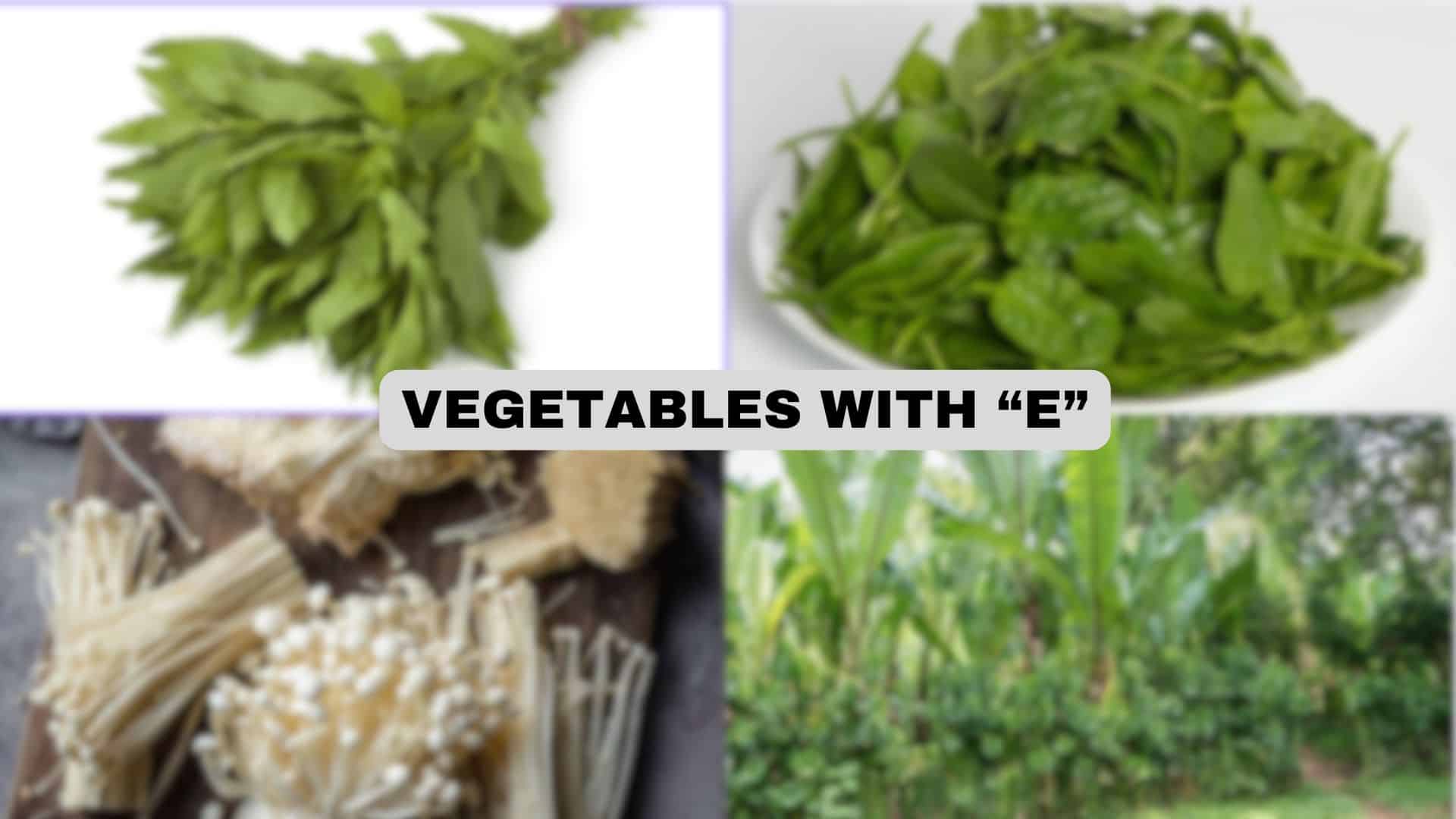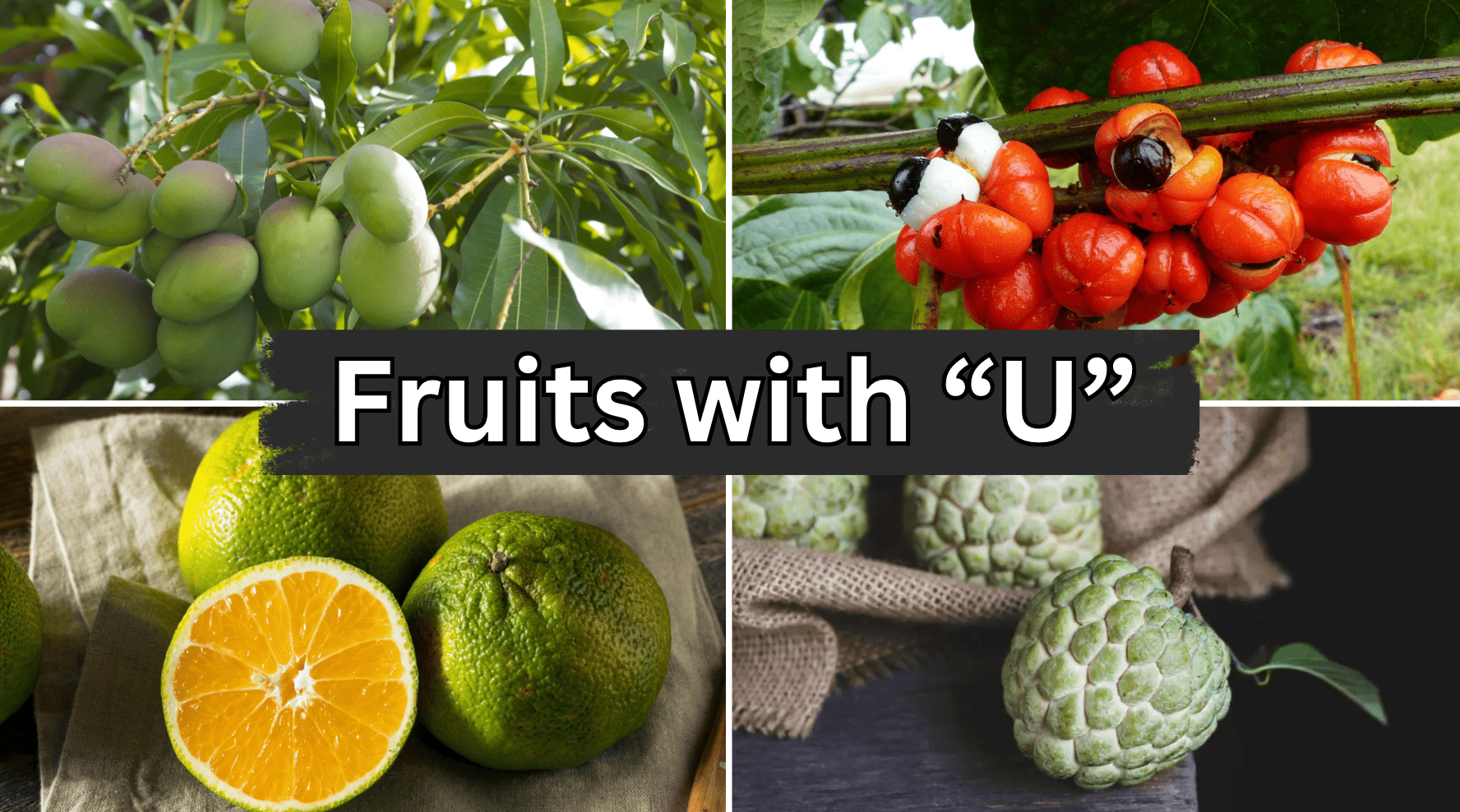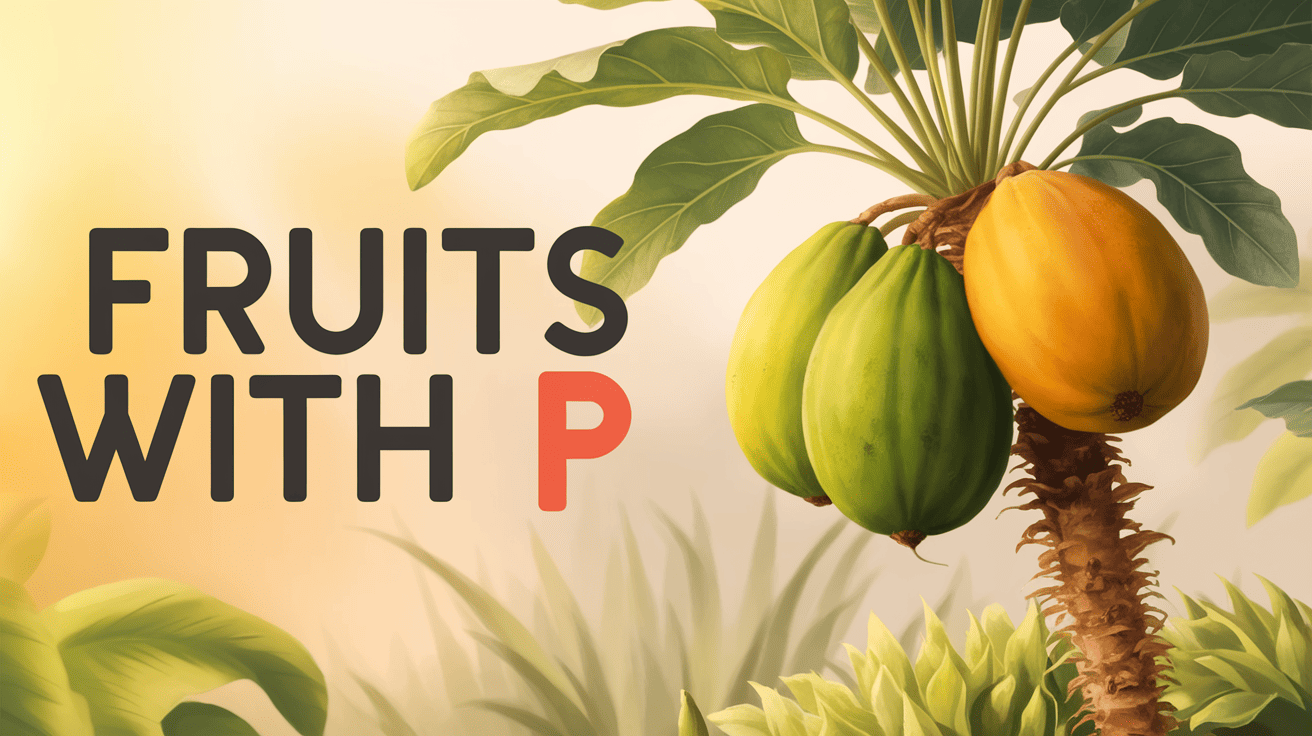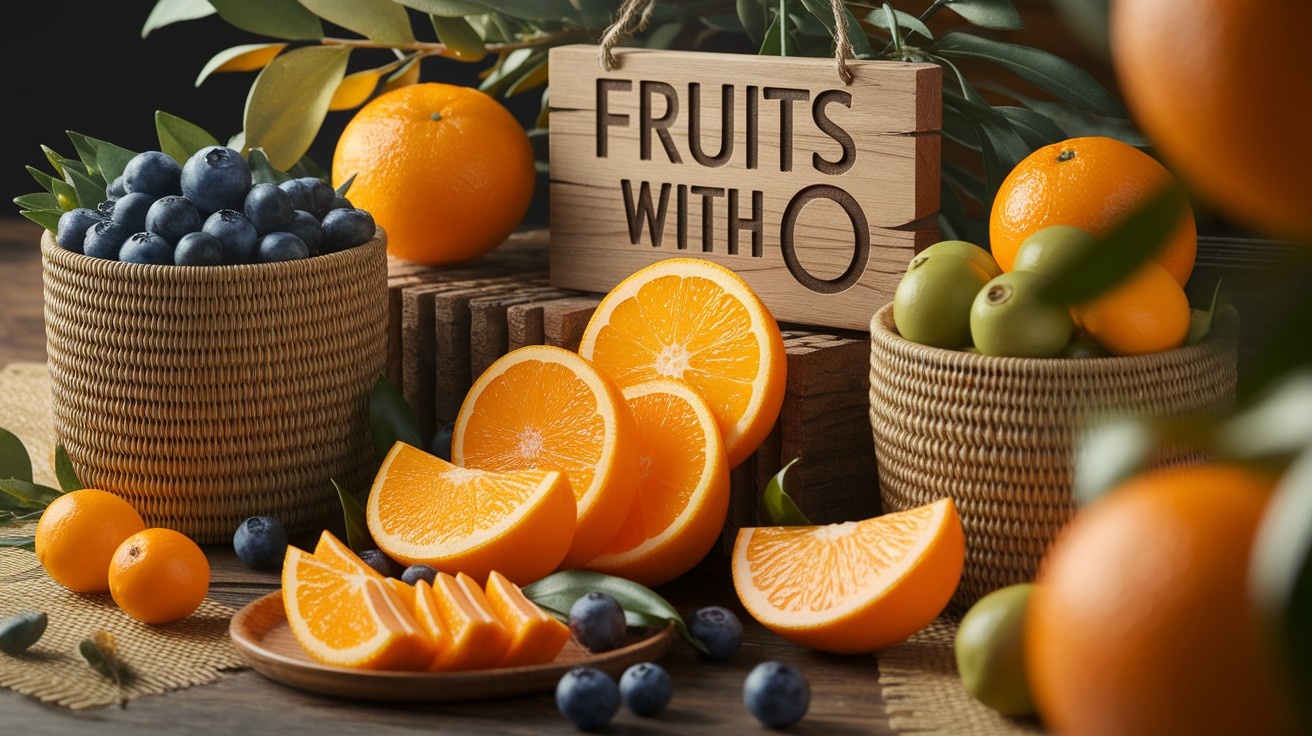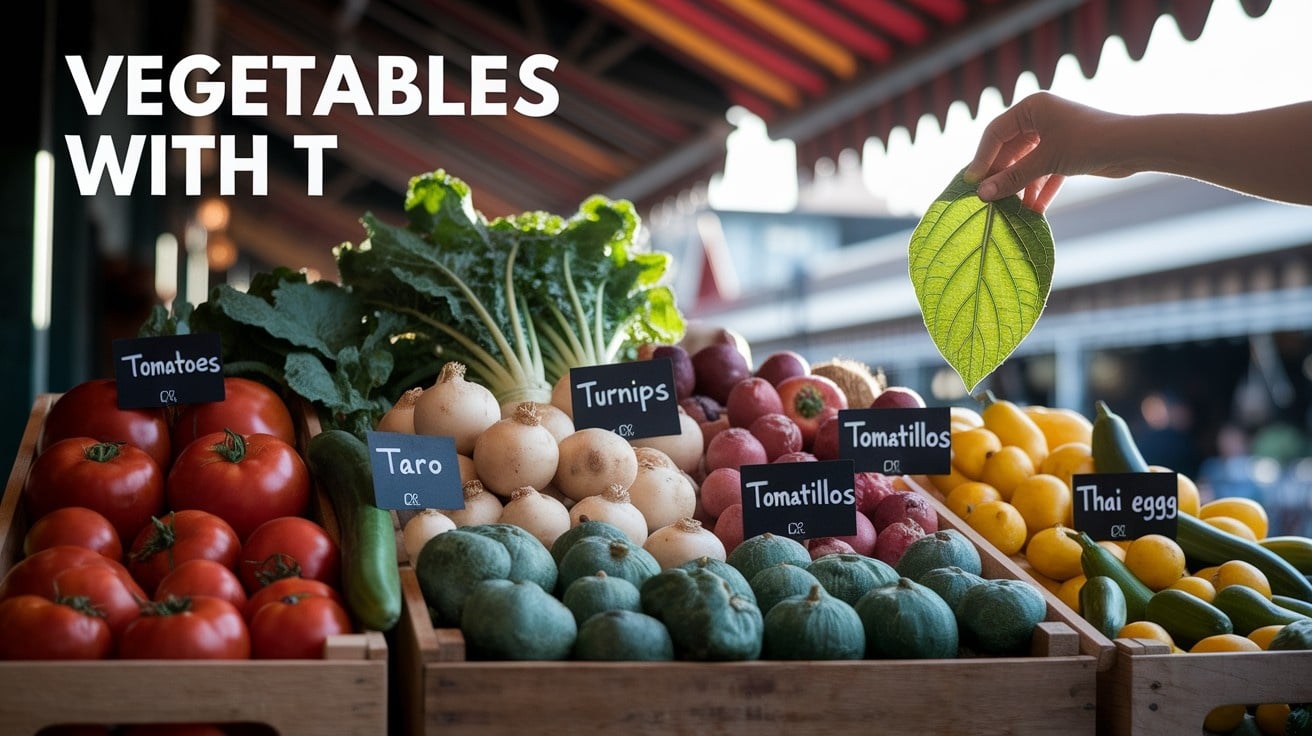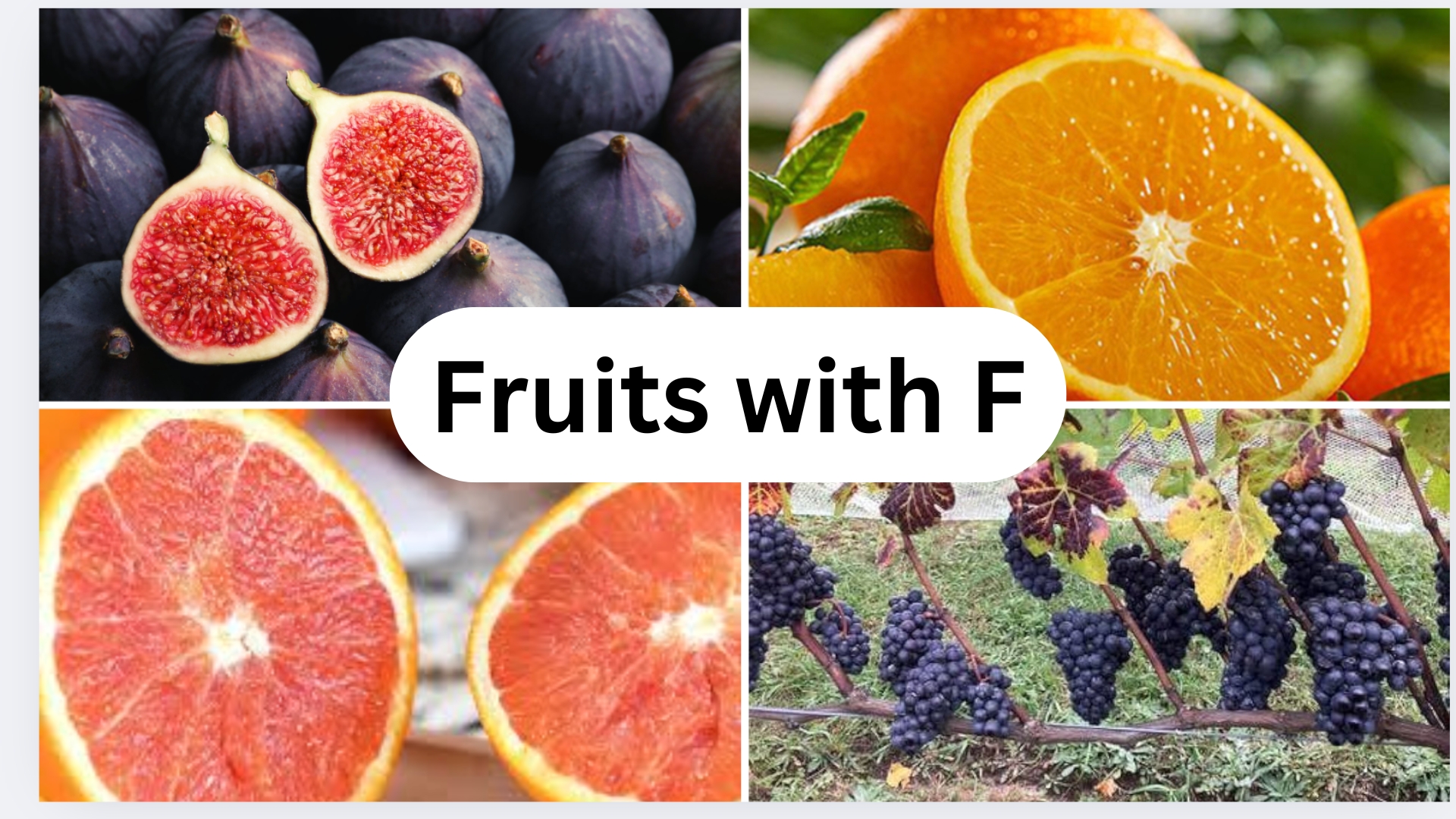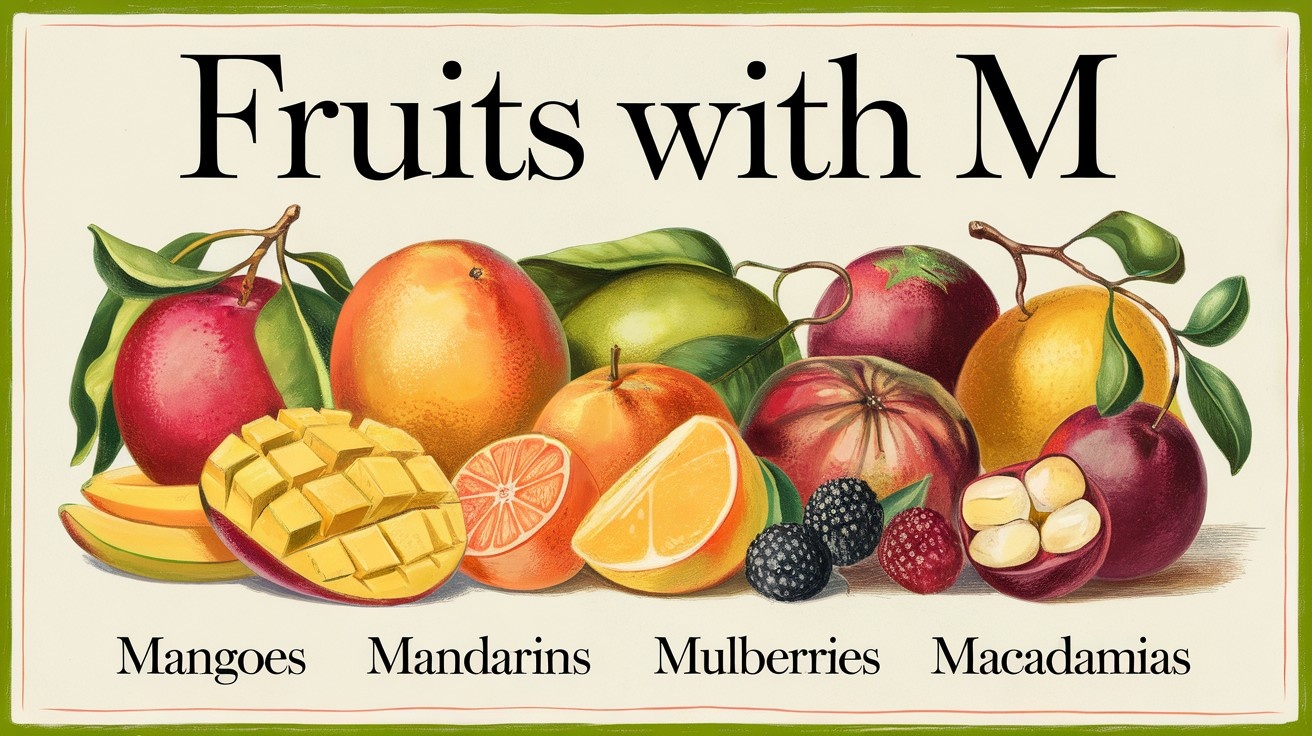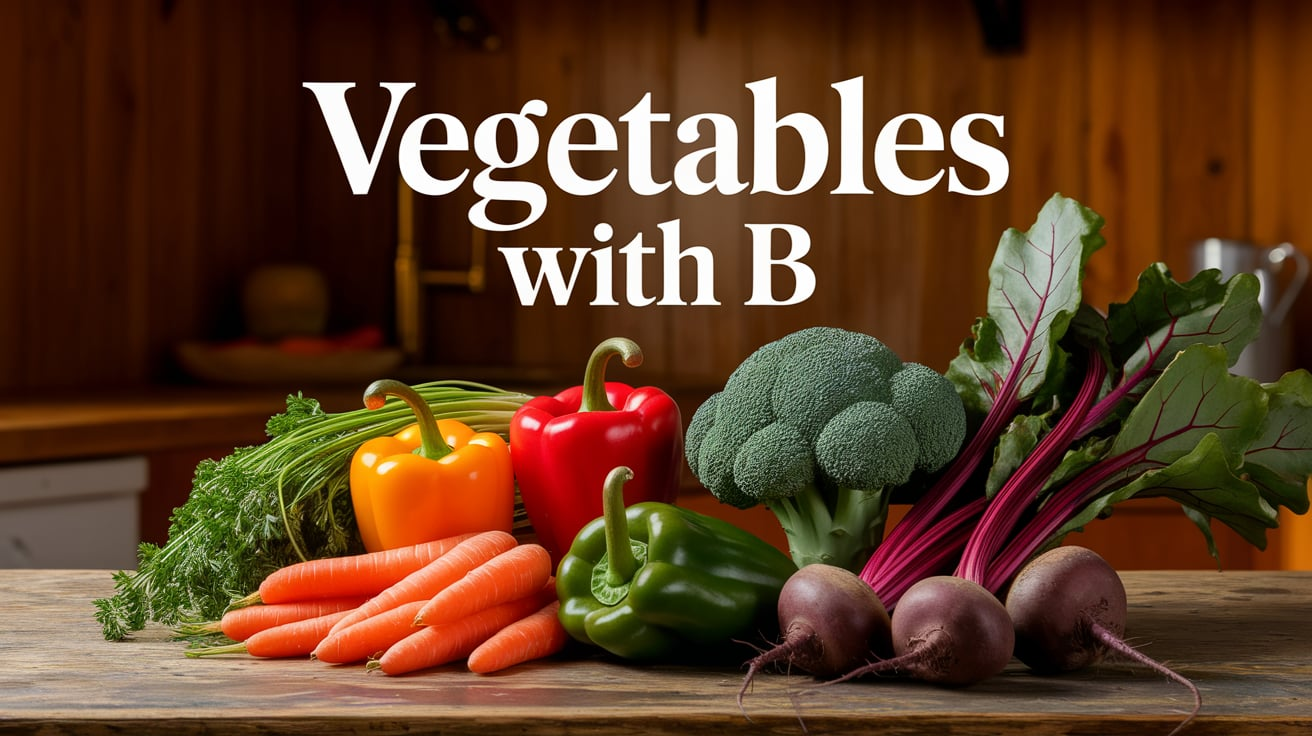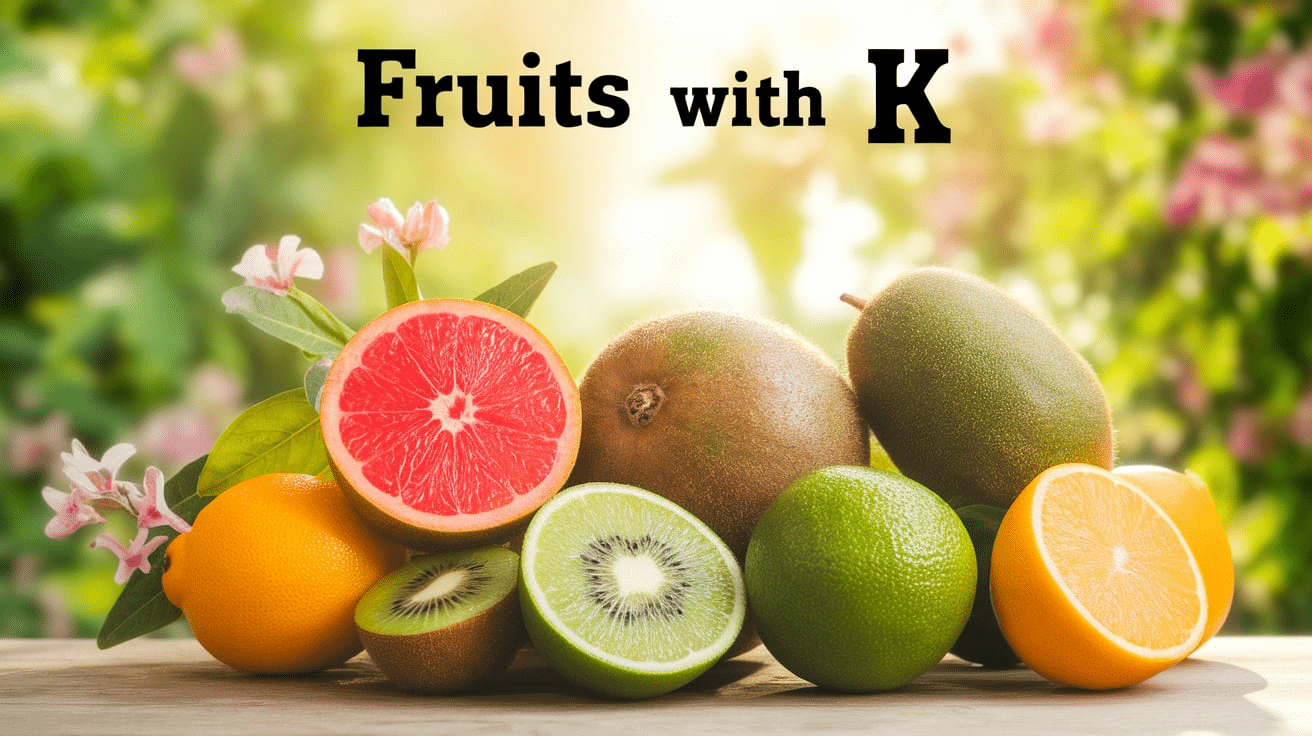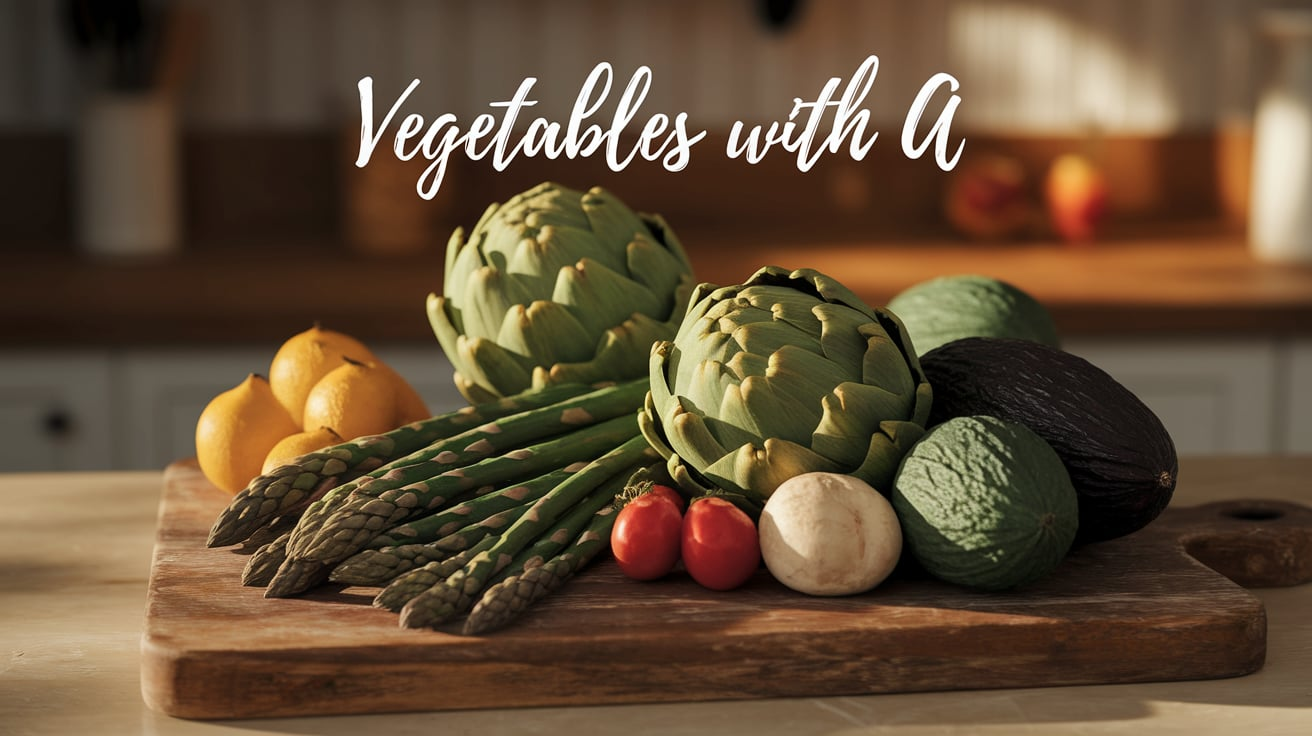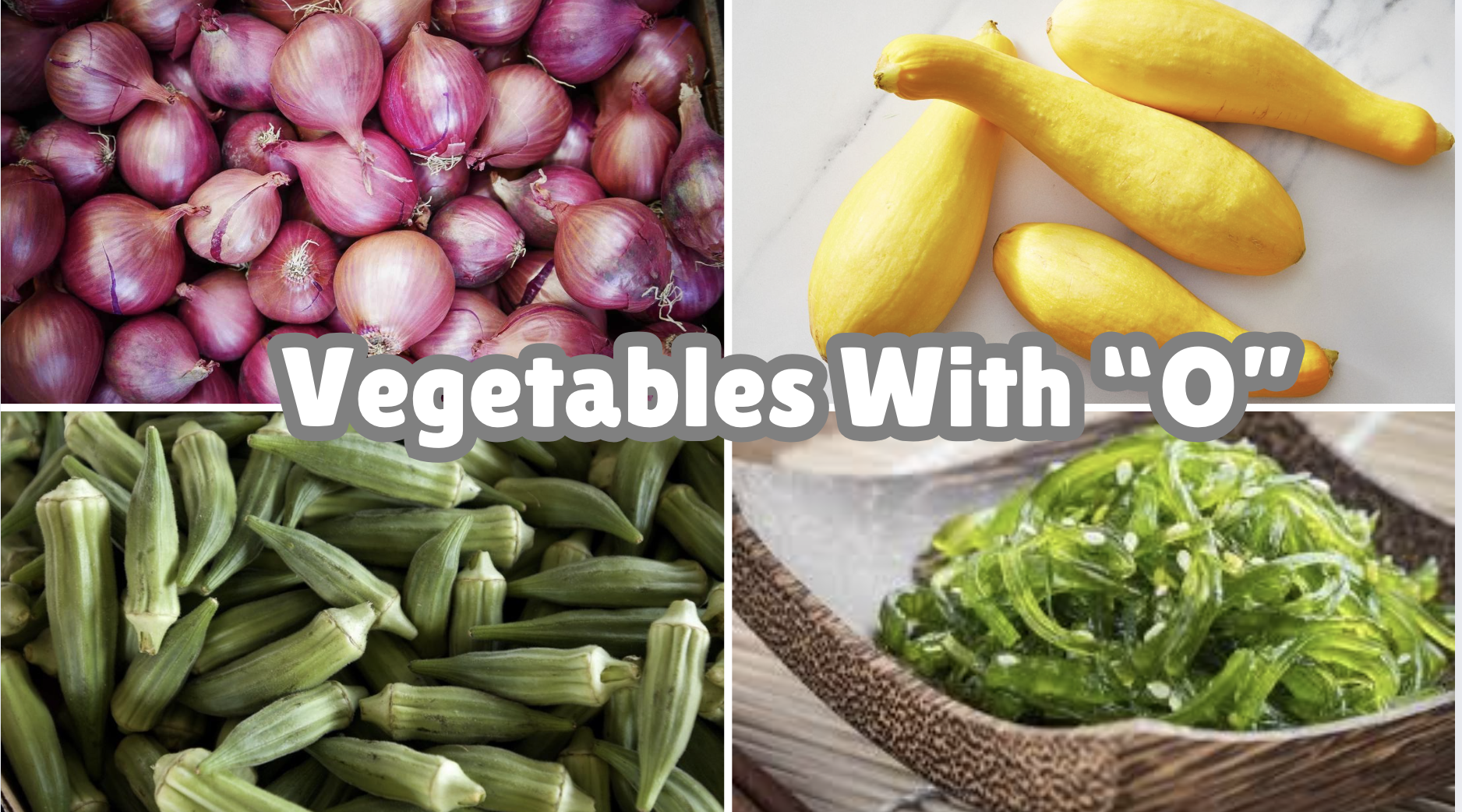
Okra, onions, and oyster mushrooms – oh my! These “O” vegetables aren’t just alphabet curiosities but nutrition powerhouses waiting to change your meals.
Did you know? Oyster mushrooms got their name because they look like oysters and have a mild seafood taste
From the kitchen staple onion to rare finds like Okinawan sweet potatoes with their striking purple flesh, this guide takes you on an expedition through wonderful vegetables and plants that all begin with the letter “O.”
These foods come from all over the world – Africa, Asia, Europe, and the Americas. Each one has its own story and special health benefits.
Some help your heart, others boost your immune system, and many are packed with vitamins that keep your body strong. Get ready to try new tastes and add some variety to your meals!
The O-mazing World of Vegetables
1. Okra
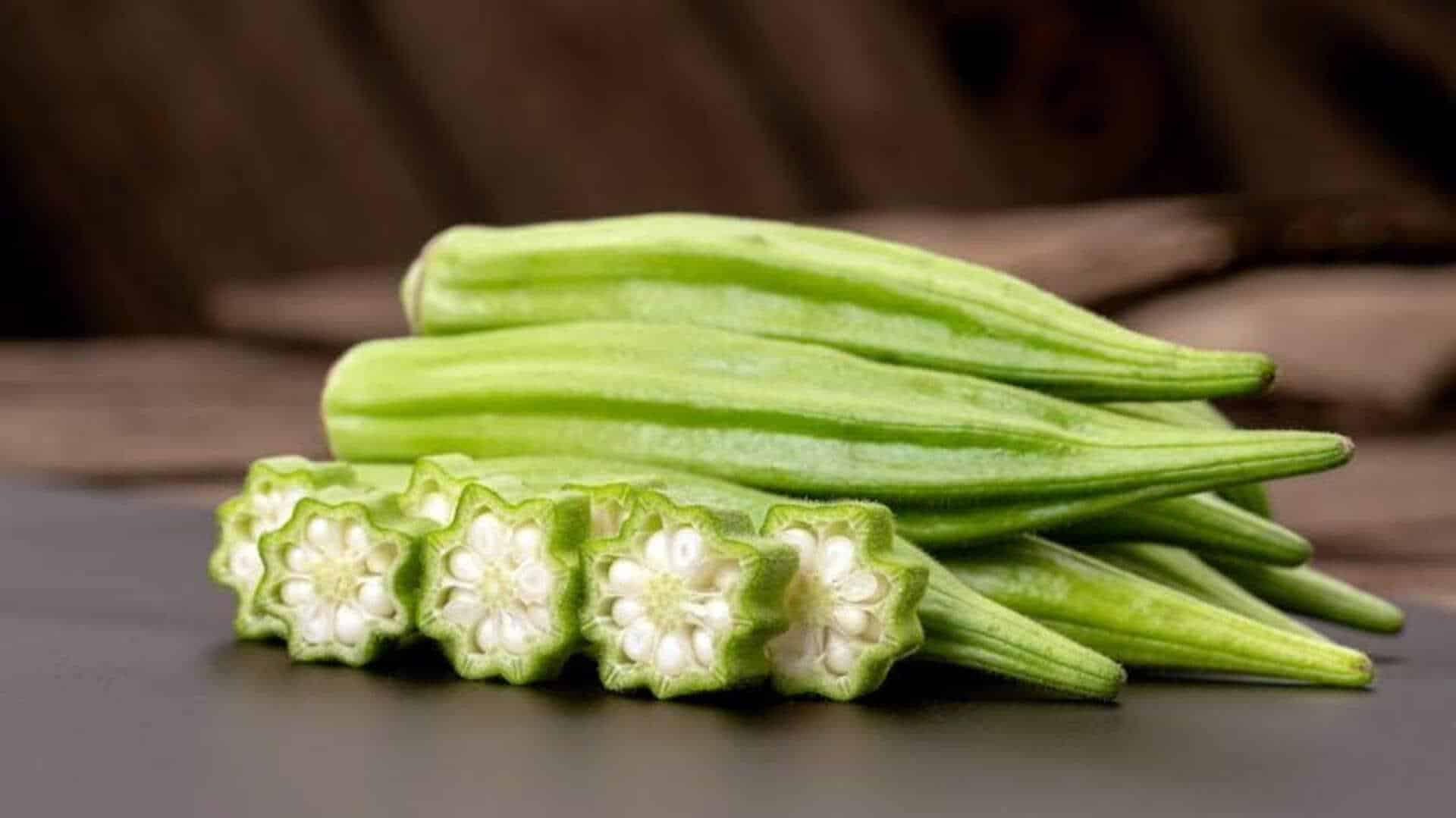
Origin: Native to Africa, particularly Ethiopia and West Africa.
Nutritional benefits: High in fiber, vitamin C, and antioxidants; supports digestion and heart health.
Culinary pairings: Pairs well with tomatoes, corn, onions, and seafood in stews and stir-fries.
Storage tips: Store unwashed in a paper bag in the fridge; use within 3–4 days to prevent sliminess.
2. Onion
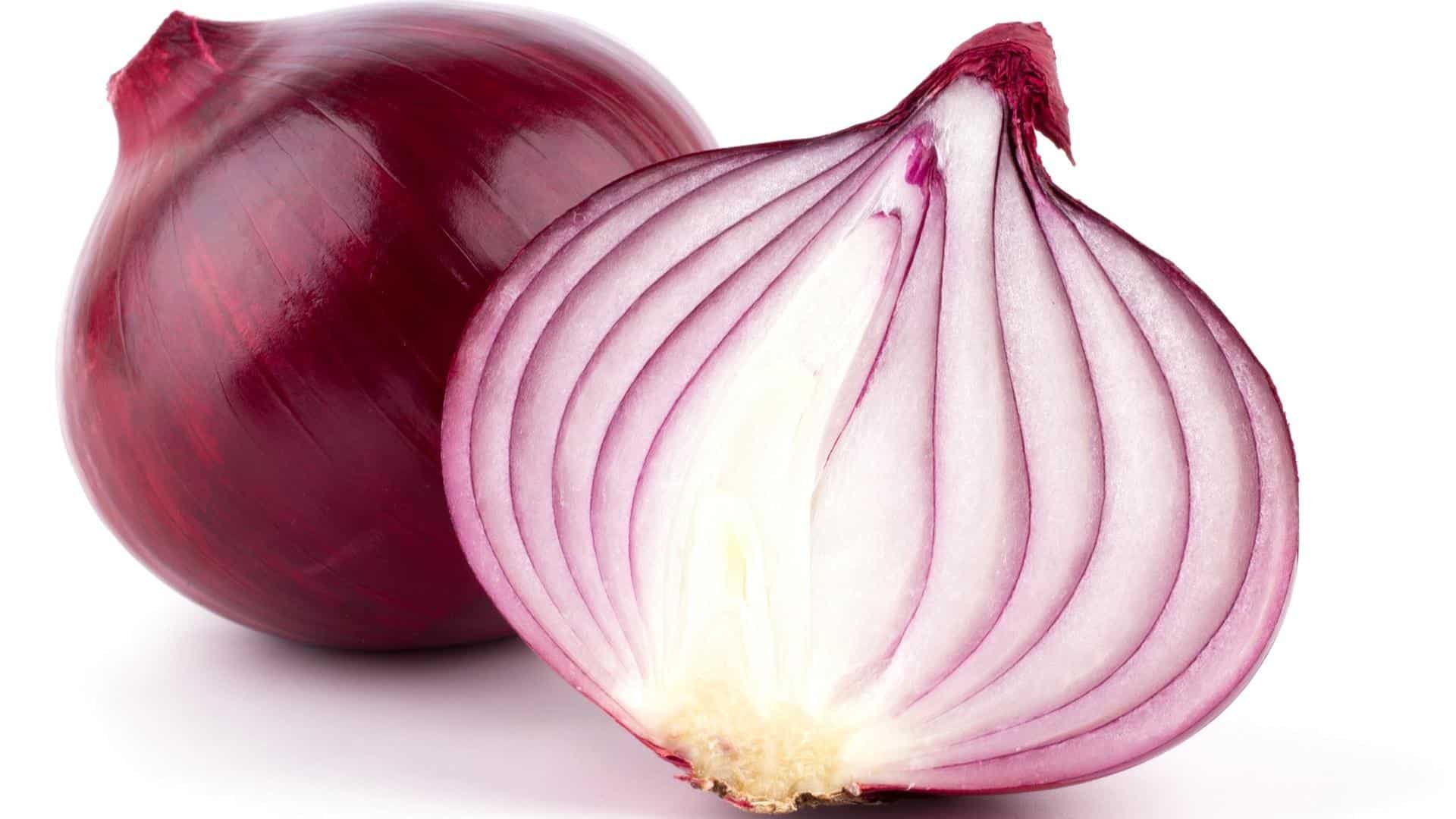
Origin: Believed to have originated in Central Asia and Iran.
Nutritional benefits: Rich in vitamin C, antioxidants, and sulfur compounds that support immunity and heart health.
Culinary pairings: Complements meats, soups, salads, and stir-fries; enhances flavor in almost any dish.
Storage tips: Keep in a cool, dry, well-ventilated place; avoid storing with potatoes to prevent sprouting.
3. Oyster mushroom
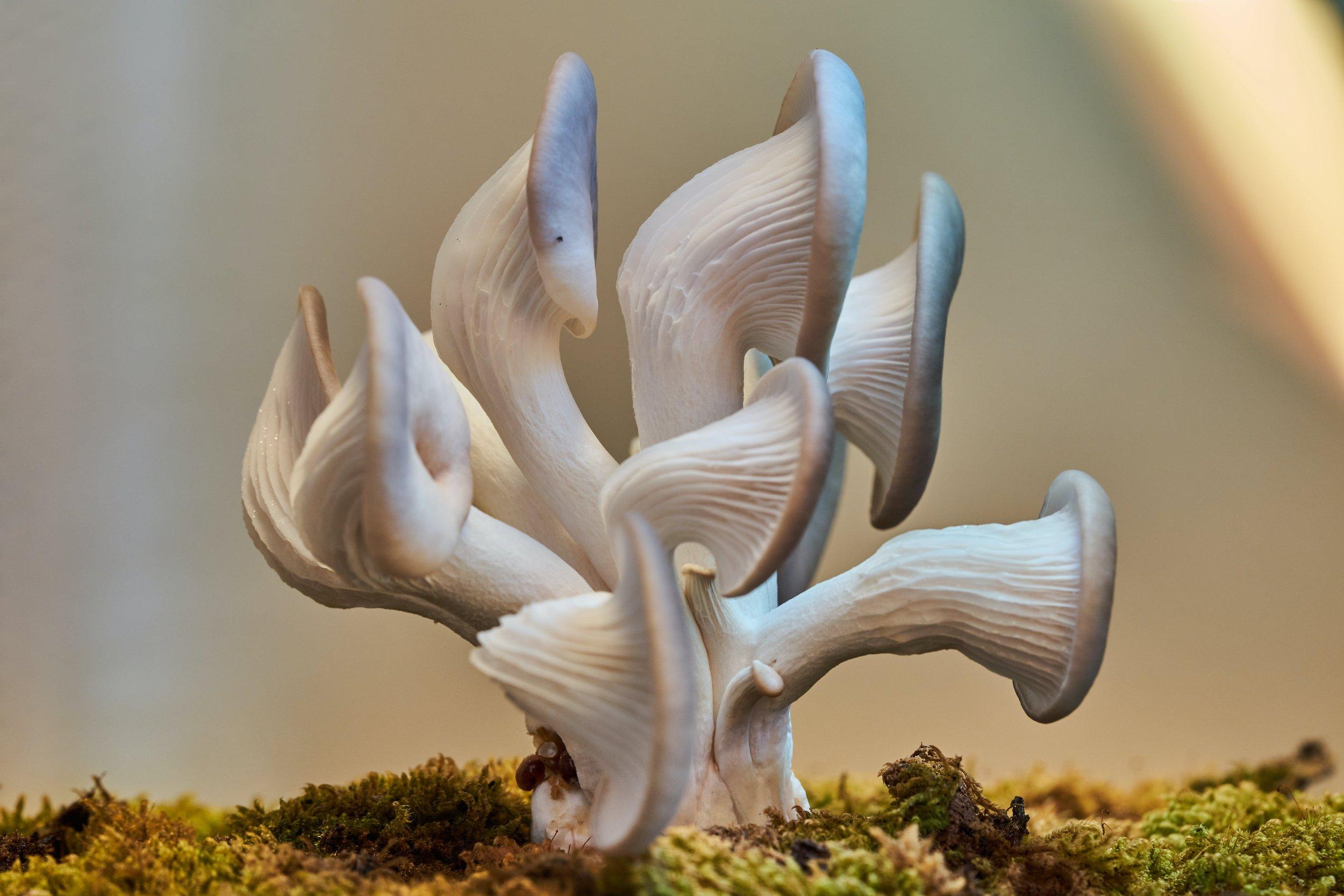
Origin: Native to temperate and subtropical forests worldwide.
Nutritional benefits: High in protein, fiber, and B vitamins; supports immune function and digestion.
Culinary pairings: Works well in stir-fries, soups, risottos, and pasta dishes.
Storage tips: Store in a paper bag in the refrigerator and use within a week.
4. Orache (mountain spinach)
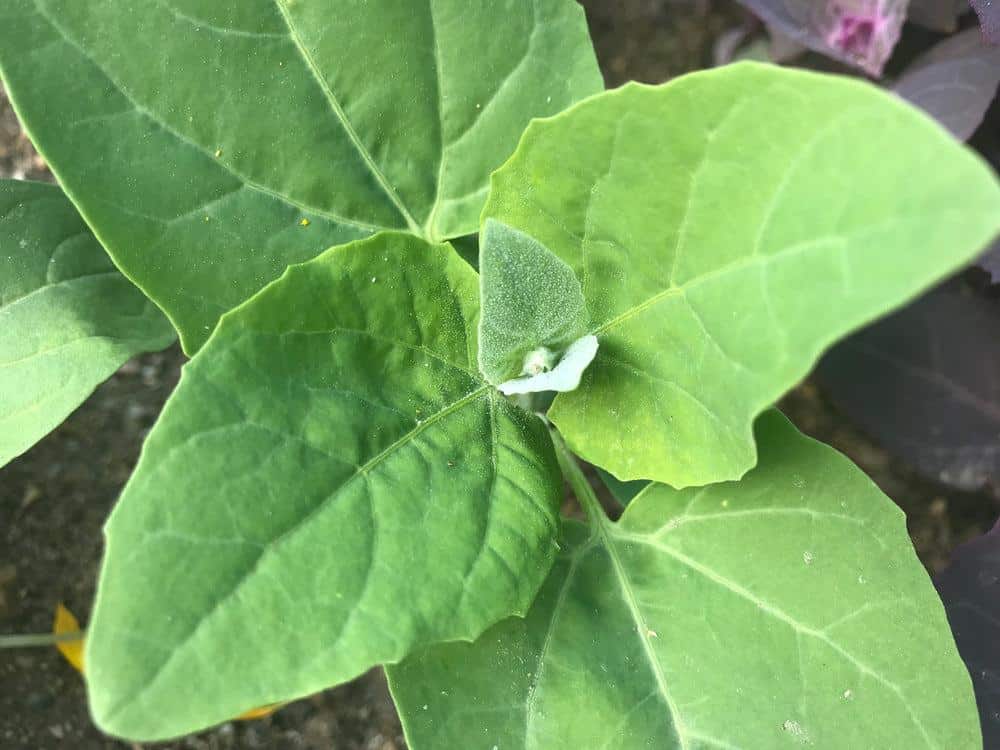
Origin: Native to Europe and Asia.
Nutritional benefits: High in iron, vitamin C, and antioxidants; supports red blood cell production.
Culinary pairings: Great in salads, soups, and sautéed dishes with garlic and olive oil.
Storage tips: Store in a perforated bag in the refrigerator and use within a few days.
5. Oregon yampah (wild carrot)
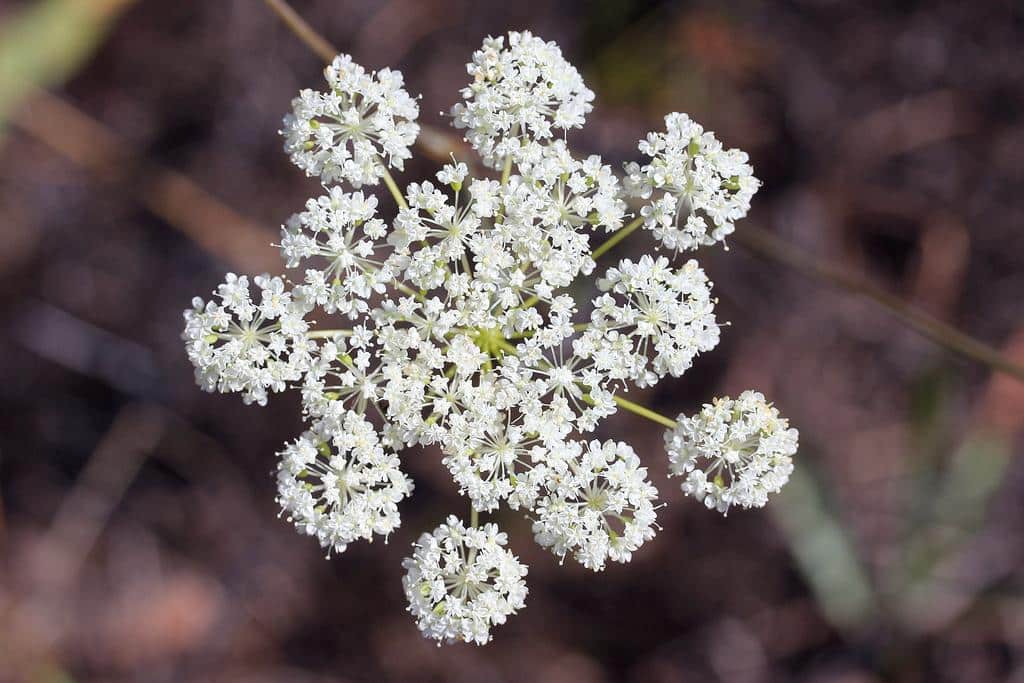
Origin: Native to North America, particularly the Pacific Northwest.
Nutritional benefits: High in fiber, vitamin A, and potassium; supports eye health and digestion.
Culinary pairings: Can be roasted, added to stews, or eaten raw in salads.
Storage tips: Store in a cool, dry place, similar to regular carrots.
6. Ostrich fern (fiddlehead)

Origin: Found in temperate regions of North America and Asia.
Nutritional benefits: Rich in fiber, omega-3s, and antioxidants; supports brain and heart health.
Culinary pairings: Pairs well with butter, lemon, eggs, and light cream sauces.
Storage tips: Keep in the fridge in a damp paper towel and use within 2–3 days.
7. Oca (New Zealand yam)
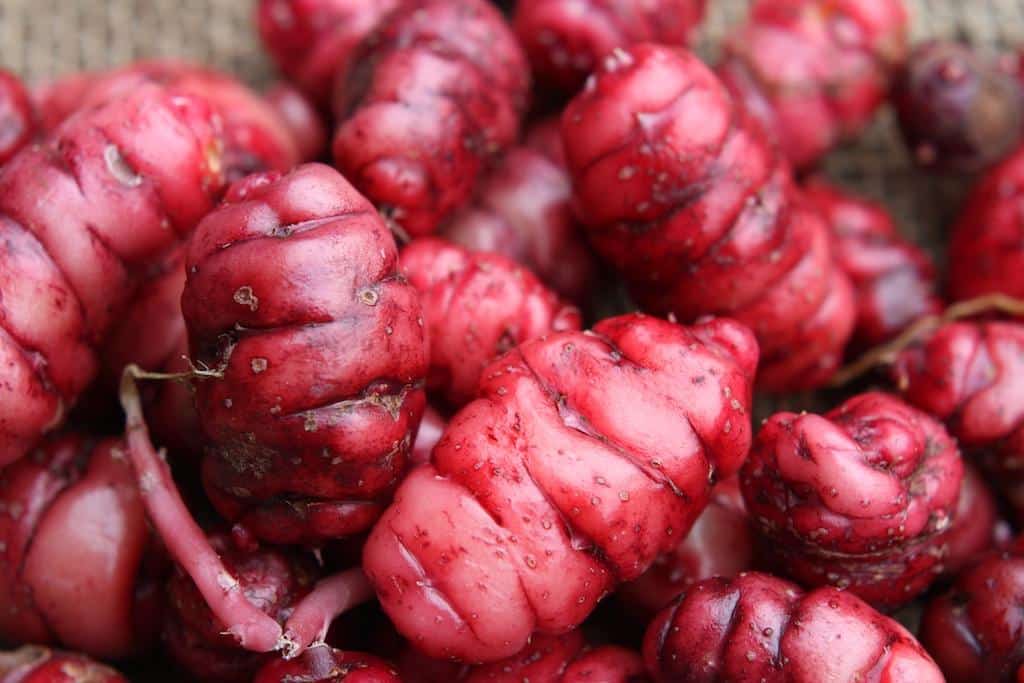
Origin: Native to the Andes in South America.
Nutritional benefits: High in vitamin C, fiber, and antioxidants; supports immunity and gut health.
Culinary pairings: Roasted, boiled, or mashed; pairs well with herbs and spices like rosemary and cumin.
Storage tips: Store in a cool, dry place like potatoes, avoiding moisture.
8. Ogonori (edible seaweed)
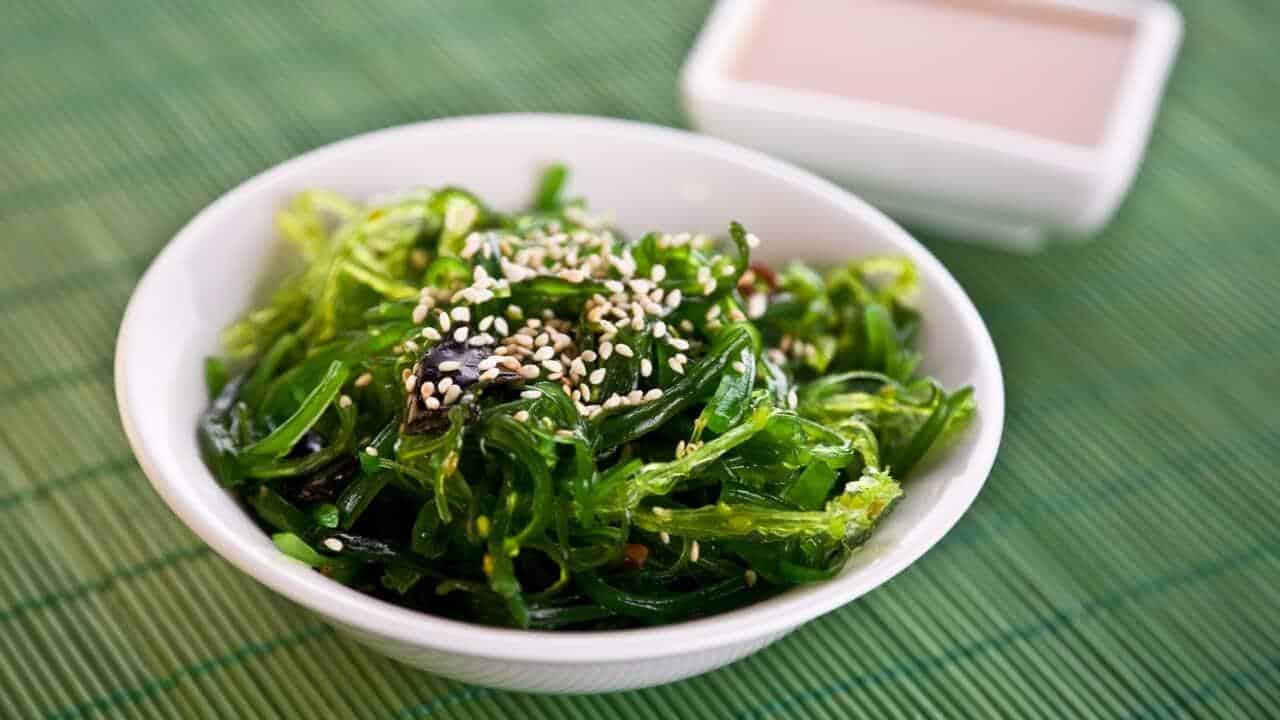
Origin: Found in coastal waters of Asia and the Pacific.
Nutritional benefits: High in iodine, minerals, and fiber; supports thyroid function and digestion.
Culinary pairings: Used in salads, soups, sushi, and stir-fries.
Storage tips: Keep dried in an airtight container or refrigerate fresh seaweed in water.
9. Old World arrowhead (Chinese water chestnut)
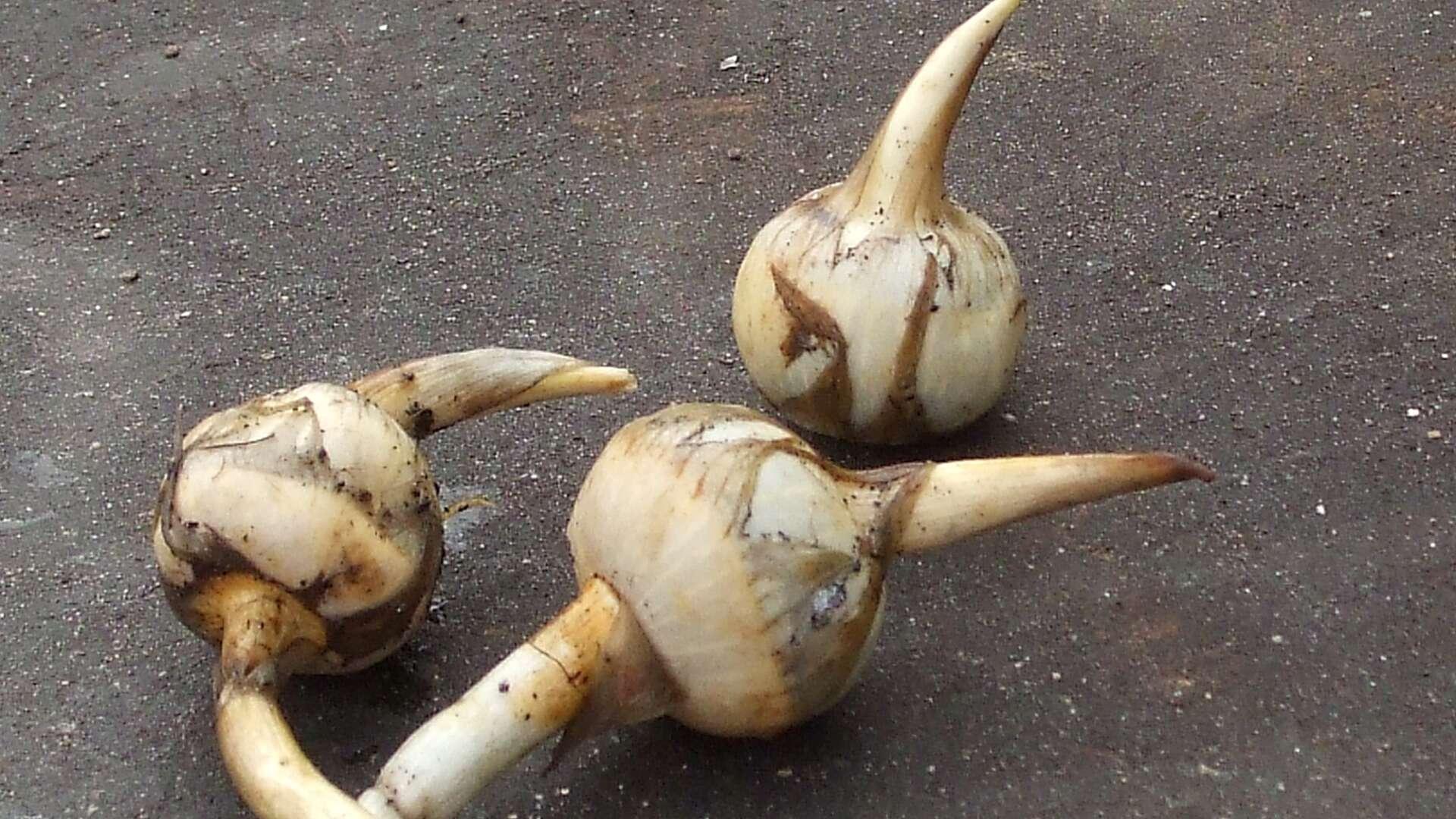
Origin: Native to Asia and Europe.
Nutritional benefits: High in fiber, potassium, and antioxidants; supports digestion and heart health.
Culinary pairings: Commonly used in stir-fries, soups, and dumplings.
Storage tips: Store fresh tubers in water in the refrigerator or dry ones in an airtight container.
10. Okinawan sweet potato

Origin: Native to the Pacific islands, particularly Okinawa, Japan.
Nutritional benefits: High in fiber, antioxidants, and vitamin A; promotes healthy skin and immunity.
Culinary pairings: Pairs well with coconut milk, cinnamon, and ginger in sweet and savory dishes.
Storage tips: Store in a cool, dark place; avoid refrigeration to prevent hardening.
11. Olecranon squash
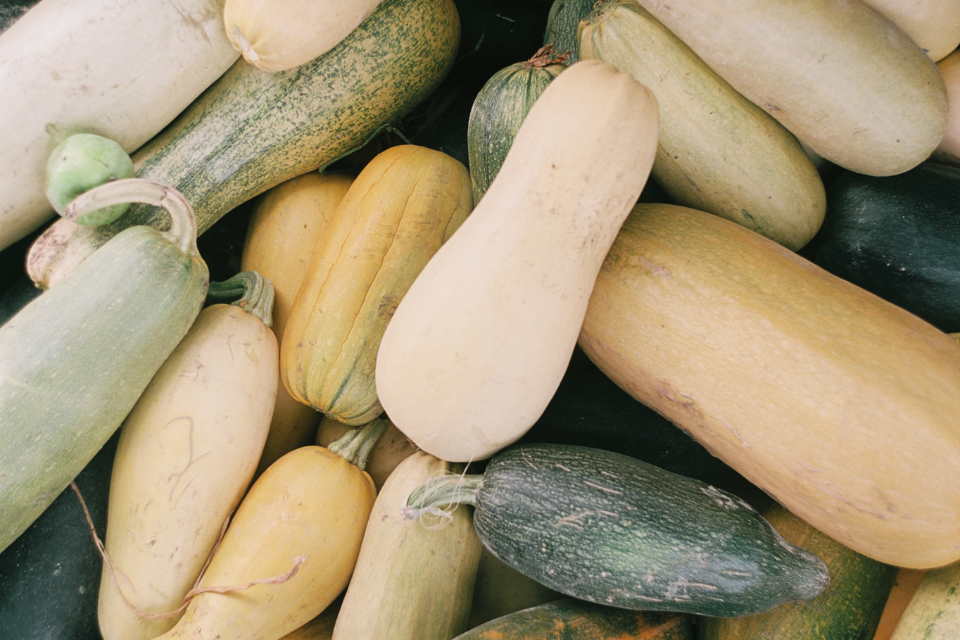
Origin: Cultivated in North America, derived from winter squash varieties.
Nutritional benefits: Rich in vitamin A, fiber, and antioxidants; supports eye health and digestion.
Culinary pairings: Works well in soups, roasted dishes, and purees.
Storage tips: Store in a cool, dry place for months or refrigerate after cutting.
12. Ozette potato
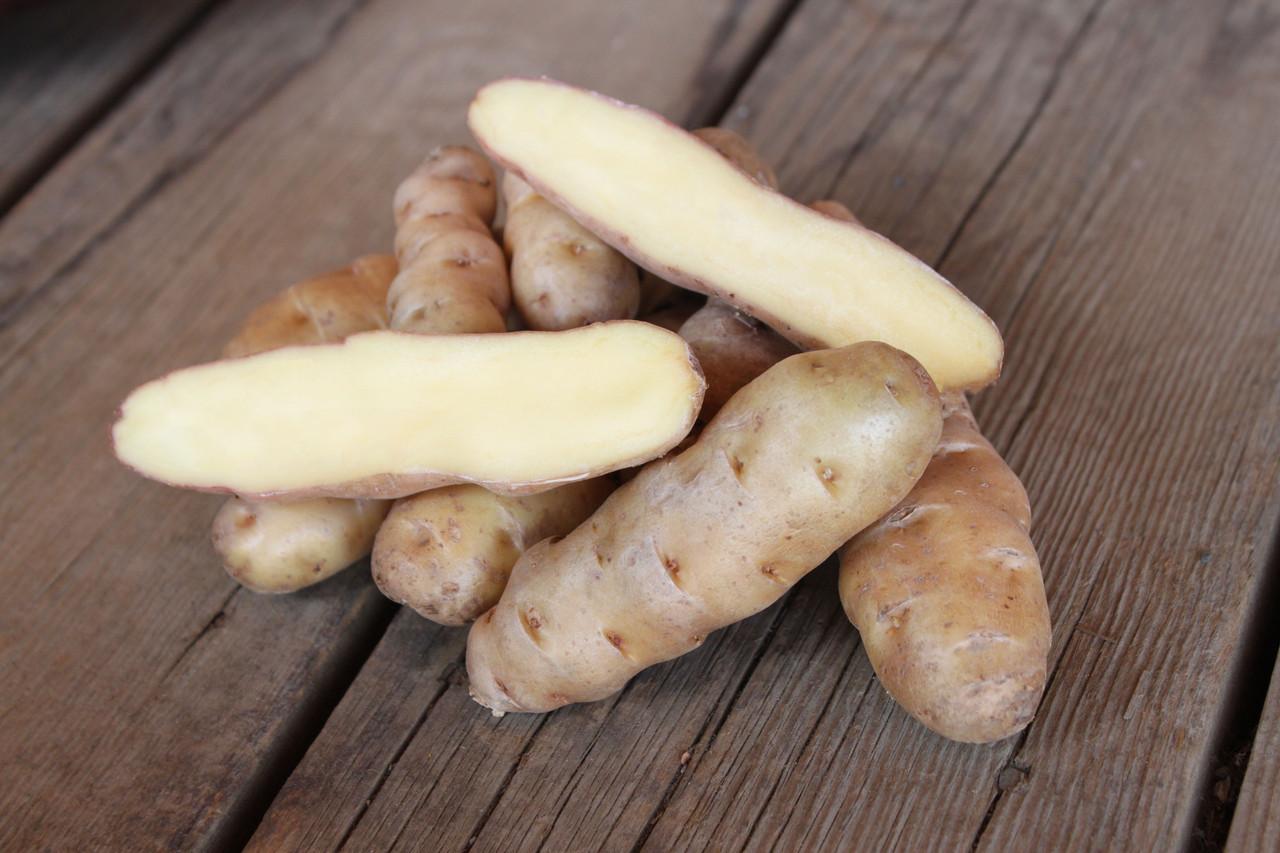
Origin: Native to the Pacific Northwest, introduced by Spanish explorers.
Nutritional benefits: High in fiber, potassium, and vitamin C; supports heart health and digestion.
Culinary pairings: Best roasted or fried, pairs well with garlic, rosemary, and olive oil.
Storage tips: Store in a cool, dark place; avoid refrigeration.
13. Overwintered leek
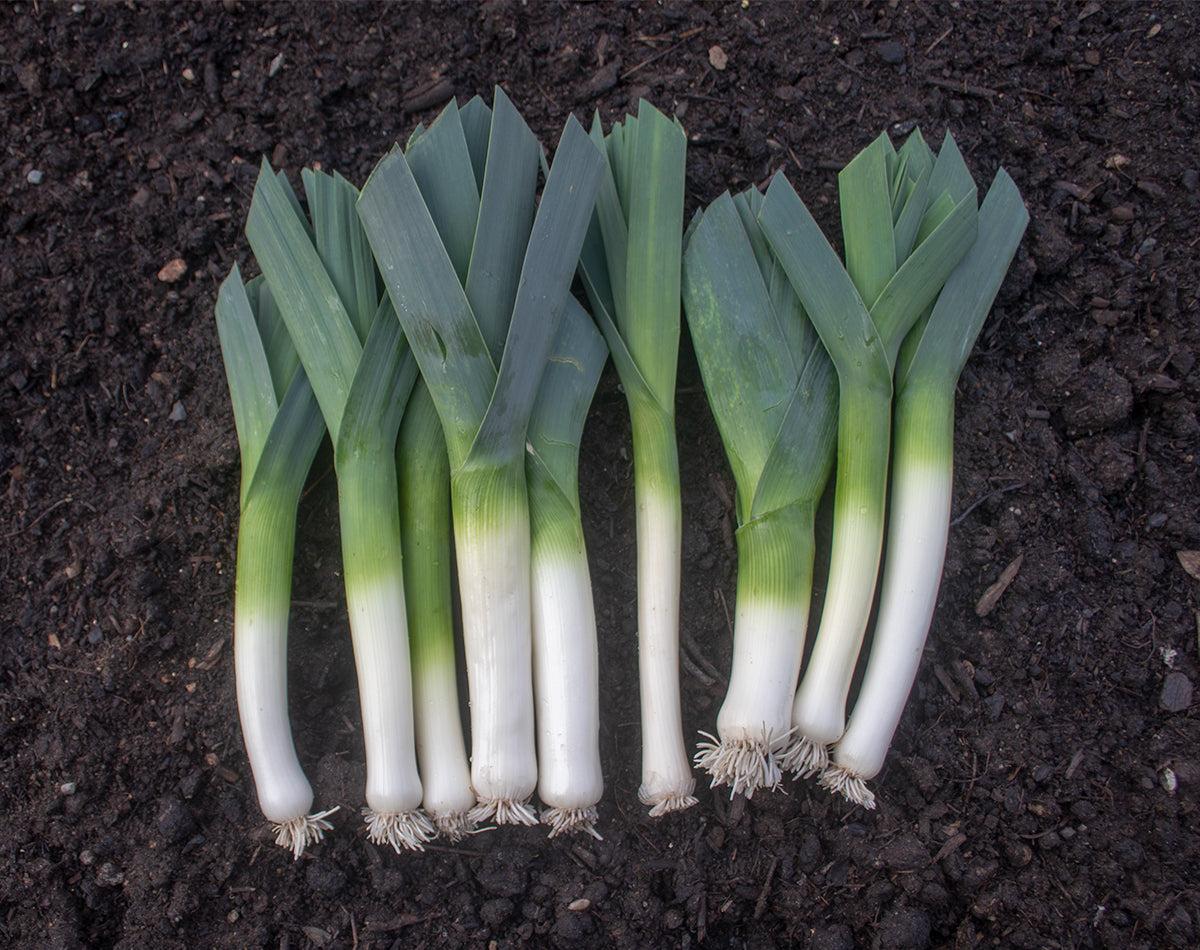
Origin: Originally cultivated in the Mediterranean region.
Nutritional benefits: High in vitamins A and K, fiber, and antioxidants; supports immune function.
Culinary pairings: Works well in soups, casseroles, and sautés with butter and thyme.
Storage tips: Store in the crisper drawer of the refrigerator, wrapped loosely in plastic.
14. Oriental mustard greens
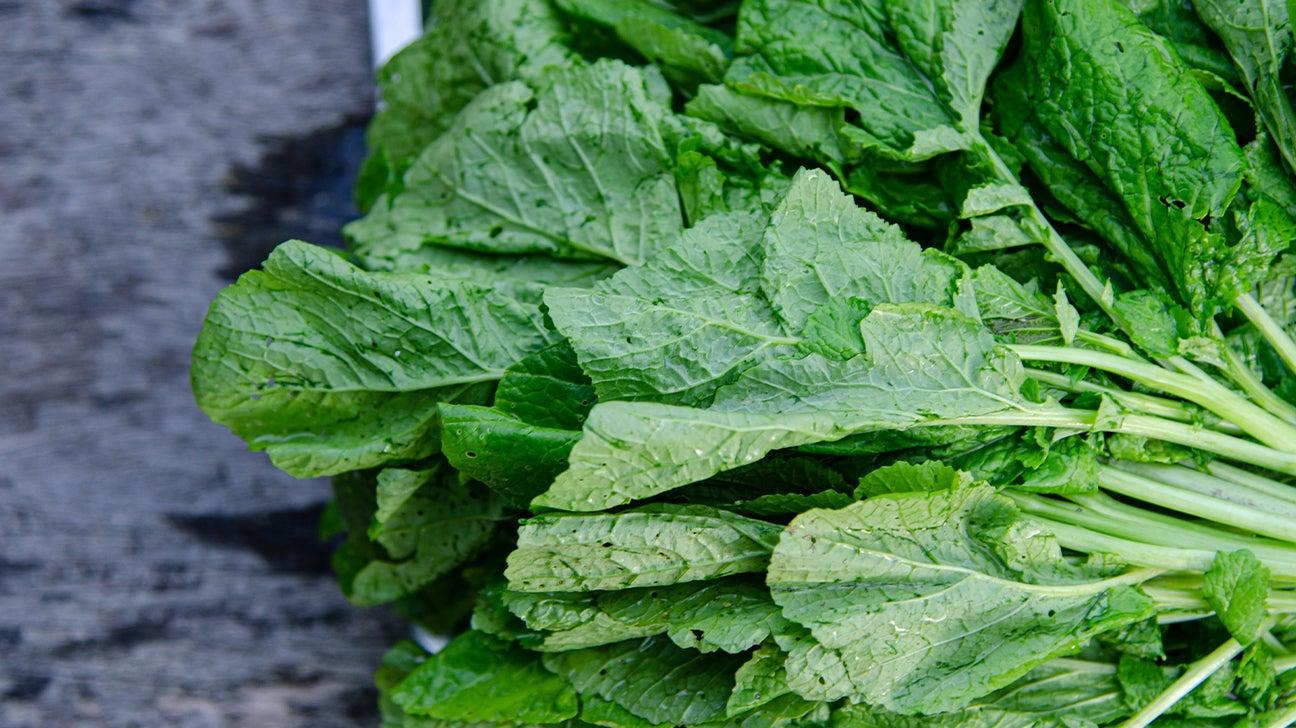
Origin: Native to Asia, widely cultivated in China and Japan.
Nutritional benefits: Rich in vitamins A, C, and K; supports immunity and digestion.
Culinary pairings: Used in stir-fries, soups, and salads with soy sauce and sesame oil.
Storage tips: Refrigerate in a perforated bag and use within a few days.
15. Oroblanco (a type of root vegetable)
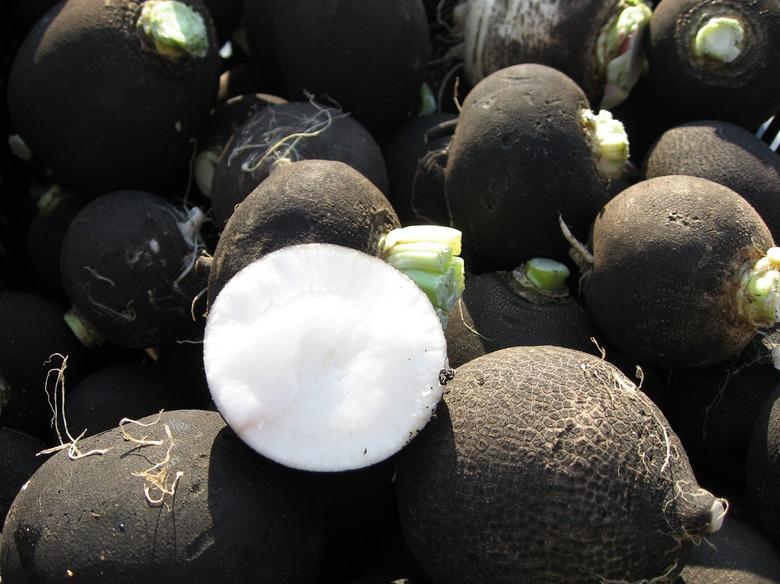
Origin: Hybrid of pomelo and grapefruit, developed in California.
Nutritional benefits: High in vitamin C and fiber; supports immune health and digestion.
Culinary pairings: Used in salads, desserts, and fresh juices.
Storage tips: Store in the refrigerator to maintain freshness.
16. Oarweed (edible kelp/seaweed)

Origin: Native to the North Atlantic and Pacific coasts.
Nutritional benefits: High in iodine, calcium, and fiber; supports thyroid and bone health.
Culinary pairings: Used in broths, sushi, and stir-fries.
Storage tips: Keep dried in an airtight container or refrigerate fresh.
17. Orange cauliflower
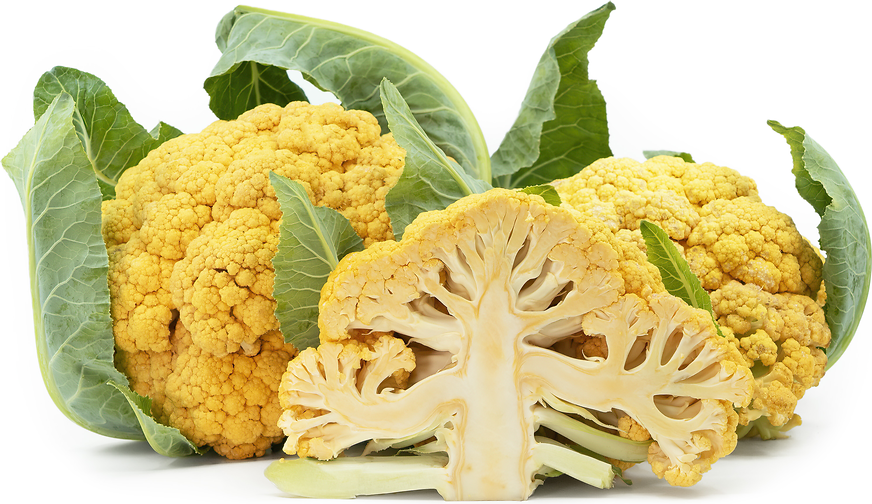
Origin: Developed in Canada from natural mutations.
Nutritional benefits: High in vitamin C, beta-carotene, and fiber; supports immunity and eye health.
Culinary pairings: Pairs well with cheese, garlic, and curry spices.
Storage tips: Keep in the refrigerator, unwashed, in a perforated bag.
The Bottom Line
Food that starts with “O” is super cool! From the sticky okra in Africa to the purple sweet potato from Japan, these foods make cooking fun and healthy.
Each food has its own story – some come from faraway places like the Andes mountains or Asian seas, while others might grow near your home.
Try adding these foods to your meals! Okra makes stews thick and tasty. Onions make almost everything taste better. Oyster mushrooms are perfect for pasta. The best part? These foods help your body stay strong.
Next time you go shopping with your family, look for one of these “O” foods. Maybe pick oyster mushrooms for pizza night or try roasting some orange cauliflower.
Your taste buds will thank you, and you’ll learn about foods from around the world!
If you’re interested in more informative education & learning content, feel free to click here and explore other blogs that you might enjoy!








